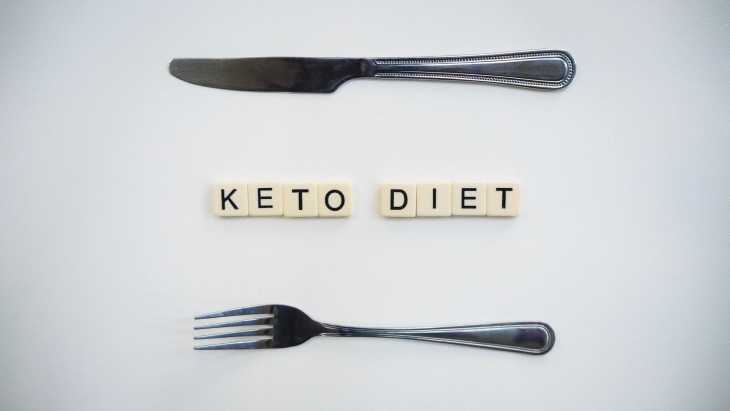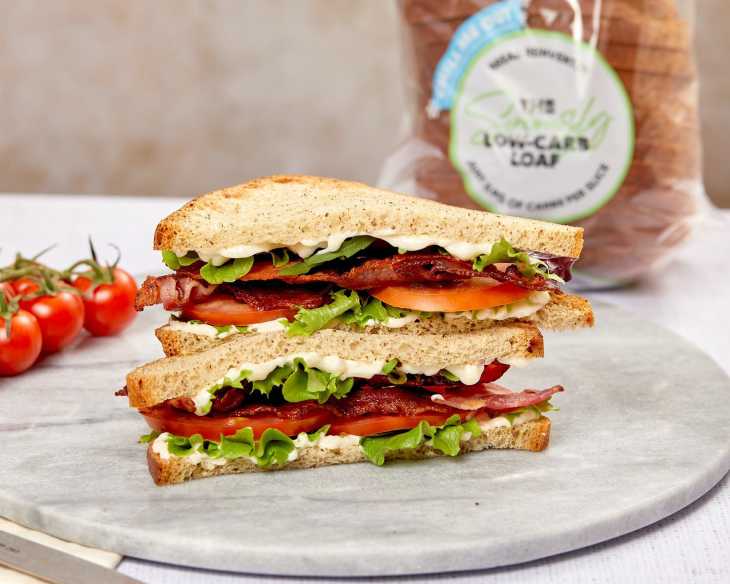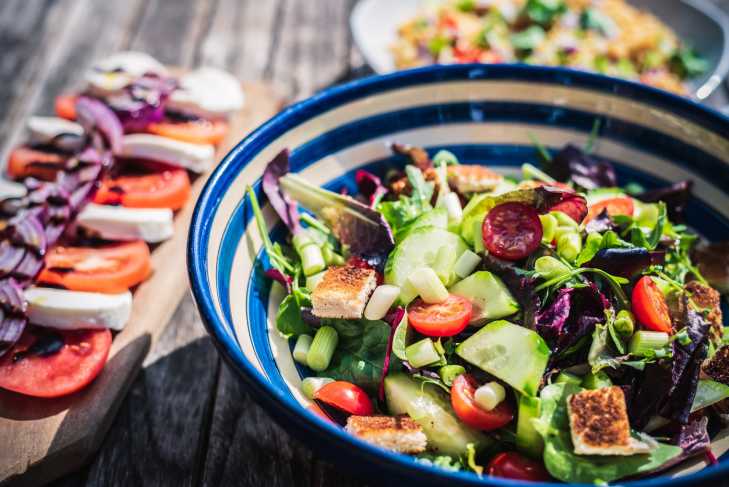Types of Keto Diet: How to Start a Keto Diet?
Last Updated: May 24th, 2021

Though it has been around for ages, the keto diet has gained in popularity over the last decade. There are some dieters who believe that keto can be life changing, and there are others who feel it is a recipe for heart disease. These conflicting opinions can cause confusion for anyone who is trying to shed some unwanted weight. Read on to learn about the keto diet, the various types of ketos diets, and the benefits and risks associated with them. You can quickly learn the basic concepts about the keto diet in this video course as well.
1. What Is Keto Diet?
The human body runs on primarily on glucose. To use glucose for energy, the body requires the fat-storage hormone, insulin. In the absence of glucose, the body will require very little insulin. According to cardiologist Dr. William Davis, MD, saying that glucose, also known as sugar or carbohydrate, is a primary fuel means that when it is present, the body will use it first before it burns fat. If you restrict your carbohydrate intake to between 20 and 50 grams per day – and that amount may vary from person to person – your body will not have enough glucose to use as energy and will move on to metabolizing fat. Ketones are the product of fat metabolism. When in ketosis, your body will be fueled by ketones. Any bodily functions that require glucose will still continue as the body will make all the glucose it needs thanks to a process called gluconeogenesis. Since insulin is a fat storage hormone, and the body is now using less of it, those following a ketogenic diet will break down fat into water and CO2. Those trying to achieve ketosis will need to severely limit their carbohydrate intake. This means avoidance of high carbohydrate foods such as all grains and sweets.

Benefits of keto diets include shedding fat and reducing cardiovascular risk factors. Such factors include hypertension and non-alcoholic fatty liver disease (NAFLD). Potential risks include sever cramping due to electrolyte loss. The run-down feeling that people experience due to the need for electrolyte supplementation at the beginning a keto diet is known as the keto flu. Here are answers to some of the most common questions about the ketogenic diet.
2. Types of Keto Diets
Strict Keto: Those following a strict keto diet restrict their carbohydrate intake to less than 20 grams per day. Though the percentages may vary, followers of strict keto try to eat about 70% of their calories from fat and 25% from protein. This type of diet works best for those who are experiencing insulin resistance and have a high risk for heart disease. It works by reducing the need for insulin and using fat as fuel.
Those following strict keto may eat keto meals consisting of all of the meats and eggs they want. They can also include leafy greens, cruciferous vegetables, nightshades, and some dairy. The downside of strict keto is that is terribly meticulous. It requires diligent planning along with regularly counting macros and weighing food. Benefits of strict keto include the aforementioned reduction of the risk factors associated with heart disease.
Lazy Keto: Those who adhere to a lazy keto diet will restrict their carbohydrate intake but not be as meticulous about measuring and counting their remaining macros. Their goal is simply to keep their carbohydrate intake low enough to ensure they are burning fat as fuel. In addition to weight loss, an advantage of lazy keto is that it does not require the counting and tracking of a strict keto diet. That makes lazy keto a good idea for busy people who do not have the time to plan each keto meal and weigh their food.
Those following a lazy keto diet can also eat meats, eggs, and a wide variety of vegetables as their keto meals. One downside of lazy keto is that the lack of planning involved may cause those who are trying lazy keto to slip up. It may also not be as effective as strict keto if dieters are not properly tracking their macros.
Dirty Keto: The dirty keto diet also restricts carbs to between 20 and 50 grams per day. The difference between dirty keto versus strict or lazy keto is that there is no restriction on the quality of foods. This approach works best for those who do not cook or cannot make time for meal planning.
One of the upsides to this approach is that dirty keto dieters will still achieve weight loss. A downside is that Instead of planning a diet of whole, nutrient dense foods, the dirty keto diet allows for fast food burgers without the bun alongside a diet soda. Anything is on the menu as long as that carb count stays low. The risks associated with dirty keto meals include poor food quality thanks to the high amount of low-quality fats. According to Dr. David Perlmutter, MD, poor quality oils used in restaurant foods such as canola oil or vegetable oil can be highly inflammatory and increase the risk factors associated with cardiovascular disease.
3. How to Start a Keto Diet
Now that you know what and why behind the keto diet, let us understand how to get started. Although you can try many different techniques of the keto diet, most of the results will come from the following three steps:
Know what foods you’ll eat and avoid on the ketogenic diet
Eat moderate amounts of keto foods
Know what side effects to expect, such as prepare for the keto flu.
To set yourself up for success, read over these keto diet steps for beginners, too.
4. Keto Meal Ideas
Though many believe a keto diet is far too restrictive in what you can and cannot eat, there are plenty of tasty meal options that allow you to keep macros low. Take a look at the keto recipes options below:
Keto Lunch Ideas:
Keto Dinner Ideas:

Though the above keto recipes are plenty tasty, keto dieters can still achieve success simply by making each meal a protein such as chicken, beef, or fish with a steamed or roasted vegetable on the side. You can learn more about most delicious keto recipes here.
Use the keto meal prep toolkit for free and start a new keto diet like an expert. This toolkit is designed to help you maximize fat loss and stick to your daily carb goals without going hungry.
5. Signs and Symptoms of a Keto Diet
According to Dr. Jason Fung, MD, many of those suffering from type 2 diabetes can achieve reversal or remission by following a keto diet. His patients have also had success reversing NAFLD. Diabetic patients are encouraged to speak with their practitioner before beginning a keto diet.
As discussed, the keto flu is common amongst those who are on a keto diet. As the body breaks down fat into water, those on a keto diet will find that they are urinating more. As they lose water, they will lose electrolytes. This can be resolved by either supplementing or ensuring your diet has an appropriate amount of electrolytes.
6. Conclusion
The pros of the keto diet outweigh any of its cons. If you have extra weight to lose, are insulin resistant, or at risk for cardiovascular disease, a strict keto diet is worth trying. For those who may not have the time to plan, prep, count, and cook, a lazy keto approach will still have benefits. A dirty keto approach is not a good idea. This will mean your keto meals are high in inflammatory seed oils which can contribute to all of the ailments you are trying to avoid. The best advice about keto diets is to keep it simple. Cut out the sugars, grains, and seed oils, and you will likely see improvements in your health.